It happened to this guy about a year and a half ago...using Tula 308, repackaged as Herters ammo.
https://www.youtube.com/watch?v=TleMPyDq56s
https://www.youtube.com/watch?v=TleMPyDq56s
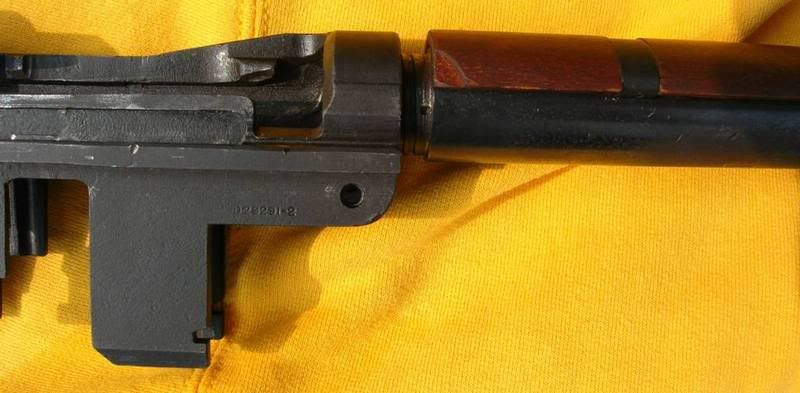
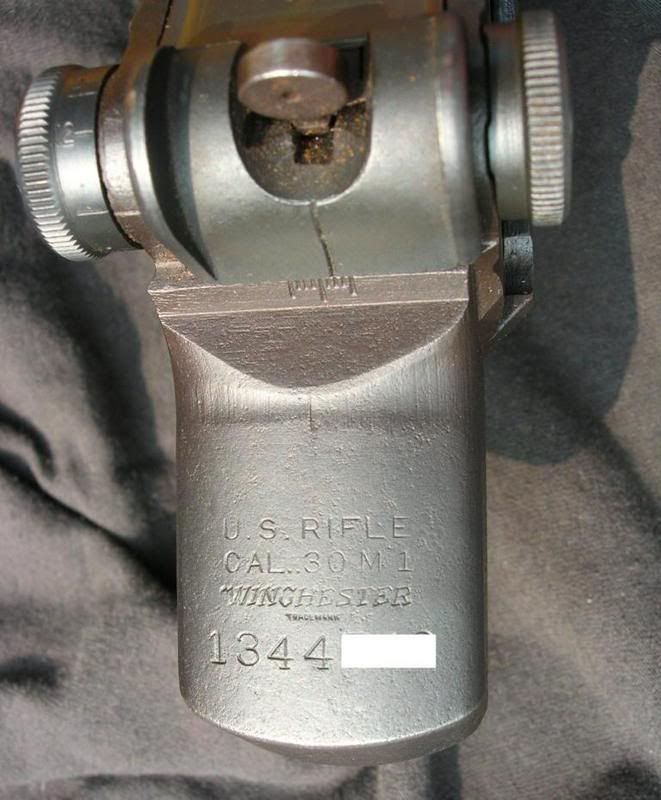
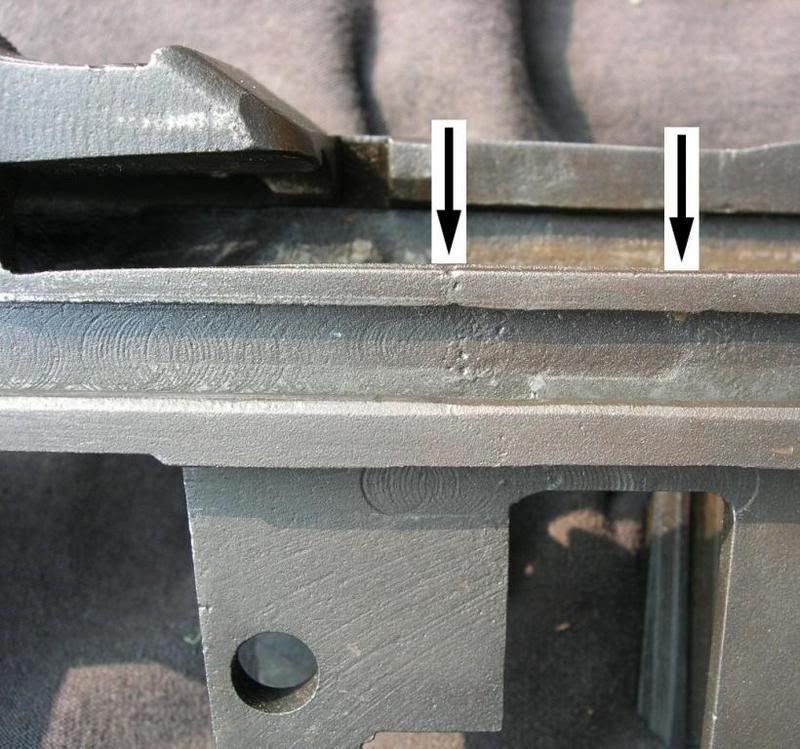
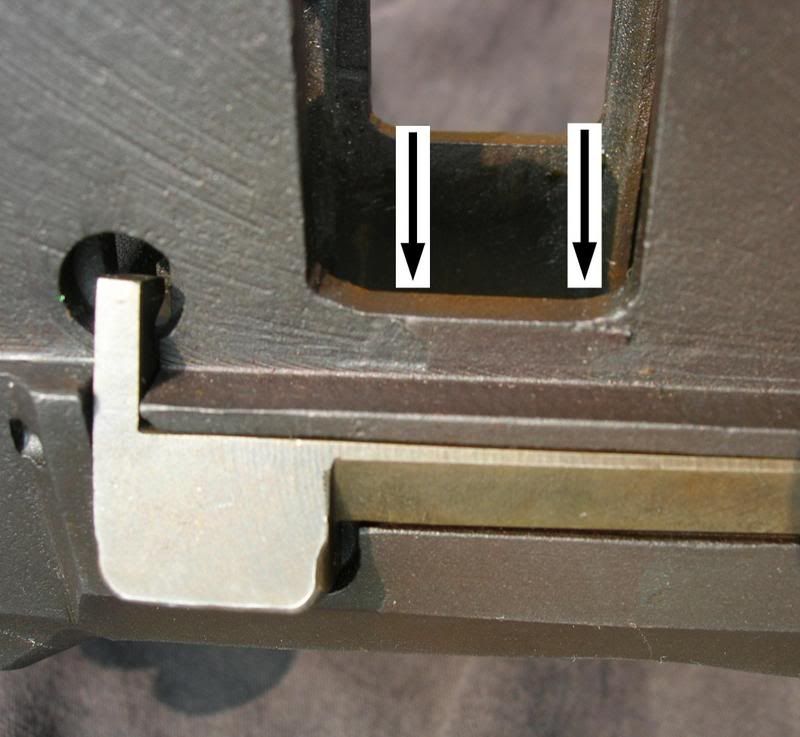
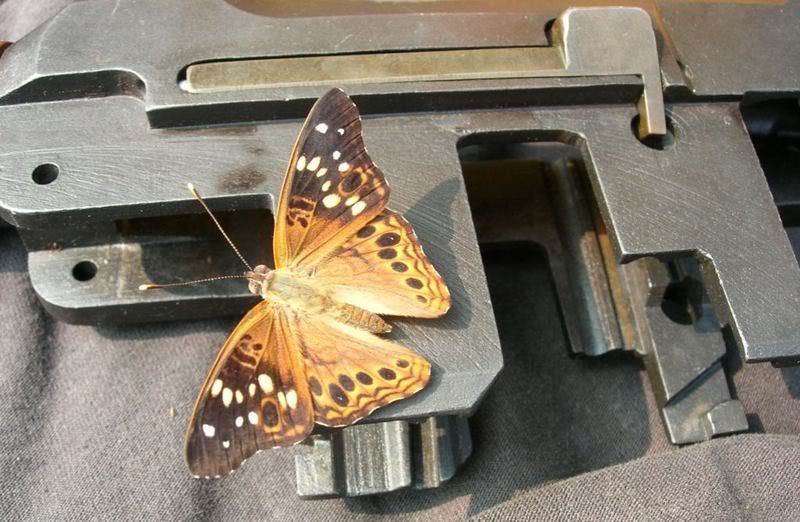
Oh?there are significant pressure differences between the 308 and the 30-06.
Garands should never be run at max pressure anyway. Loads for M1's should be approx 200-300 fps slower than commercial loads. Pressure at the gas port is what is important and the pressure curves between 30-06 and 308 may differ enough to make the 308 garands more sensitive. Just my .0260ksi (`06) vs 62ksi -- Not that much pressurewise
